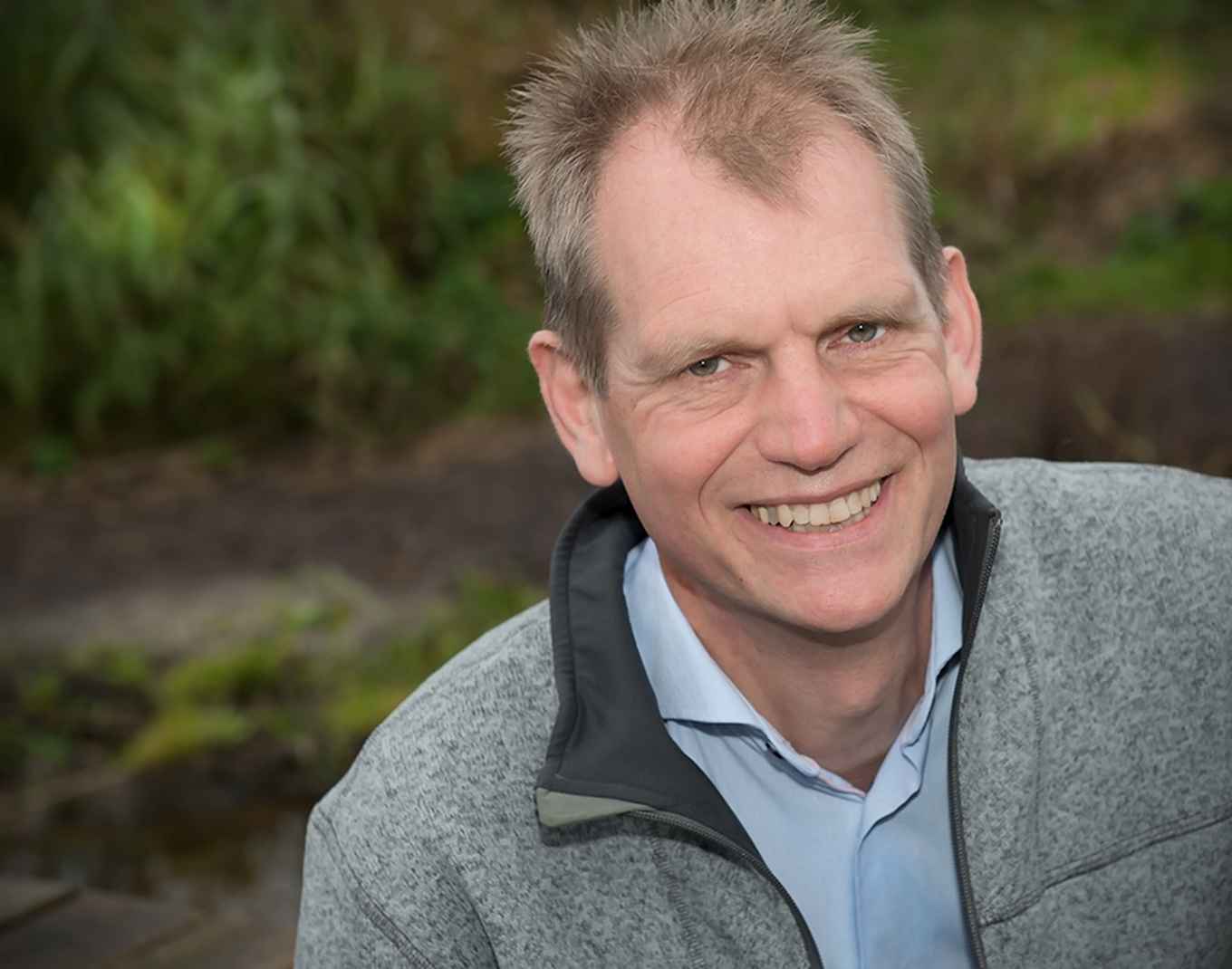Gemini wind farm and UvA: fundamental research into the black-backed gull
21 November 2017

A wind farm so far offshore, that no one is troubled by an interrupted view of the landscape. And where the wind blows especially hard, generating a substantial amount of energy. You might call it a win-win situation. But how does the construction of such a wind farm affect nature in that area? This is what Luuk Folkerts from Gemini Offshore Wind Park tries to find out. In order to identify the potential impact on the lesser black-backed gull, Folkerts contacted the UvA for assistance. ‘Thanks to this research, we will soon know whether the wind farm that's been built is affecting things, and – more importantly – we will also have gained additional knowledge on the behaviour of the lesser black-backed gull,' Folkerts explains.
Environmental monitoring
His work focuses on environmental monitoring at the wind park. ‘Years ago, the government issued us a permit to build this wind farm. A condition of their approval was that we monitor and report on its effects on the environment. Going in, there were a number of aspects for which the exact consequences were unknown. We primarily look at the effects on certain animal species: harbour porpoises, birds, bats and seals.'
Colonies of lesser black-backed gulls
The wind farm, which has since been taken into use, is located some sixty kilometres to the north of Schiermonnikoog. That island serves as a nesting ground for colonies of lesser black-backed gulls. ‘The lesser black-backed gull is the only species of bird that occasionally forages that far away from the colony – sixty kilometres out to sea – during the breeding season. No one knows if they are bothered by the wind farm, which is really quite far away, but we do have an obligation to look into it. Because the distance is so great, we might be studying an effect that will be revealed as non-existent. We therefore did our best to design the research proposal in such a way that, even if it turns out that the birds rarely or never visit the wind farm, we'll still be gaining useful new knowledge.’
Open research question
Folkerts often hires commercial research agencies to conduct these studies. ‘It is no problem to pose our research questions to a commercial agency when we have a fairly precise idea of what needs to be done. For instance, we might need them to measure the sound underwater, 750 metres from the source. In this case, however, the research question was far less specific. We want to know more about the lesser black-backed gull and their breeding colony on Schiermonnikoog. Why do they do what they do? Why do they go to certain places and avoid others?' Folkerts explains.
'The context here is the interaction with the wind farm, of course, but we are primarily interested in gaining fundamental knowledge. It therefore made sense to bring in the university. An open-ended research question like ours is a good match for the university setting. So now there’s a PhD candidate working on it. They’re going to do four years of research on something that, while it’s impossible to predict exactly where it will go, will definitely contribute to the development of scientific knowledge on the subject.’
Great store of in-house knowledge
What made Folkerts choose the UvA? ‘The Theoretical and Computational Ecology group at the UvA's Institute for Biodiversity and Ecosystem Dynamics has a great store of in-house knowledge. For instance, they developed the UvA-BiTS, which are small, lightweight transmitters that work on solar cells and monitor the coordinates and movements of the birds with extreme precision. The university is also home to a complete research data infrastructure. And that's how I ended up working with this department.'
Programmable transmitters
'One of the transmitters’ most interesting features is that they are programmable. For example, they normally log their position every ten minutes. More data than that ‘costs’ too much energy and memory. The transmitters in this study have been programmed so that, as soon as they approach a wind farm, they begin logging their position every three seconds. Our hope is that this will allow us to see how the birds behave in those areas, whether their movement patterns change and how they react to the turbines.’
‘The university offers a fantastic working environment. We’ve been able to make clear agreements, even without knowing exactly what we'll be dealing with in the coming years. We're facing the future with an open mind, which is quite nice.’